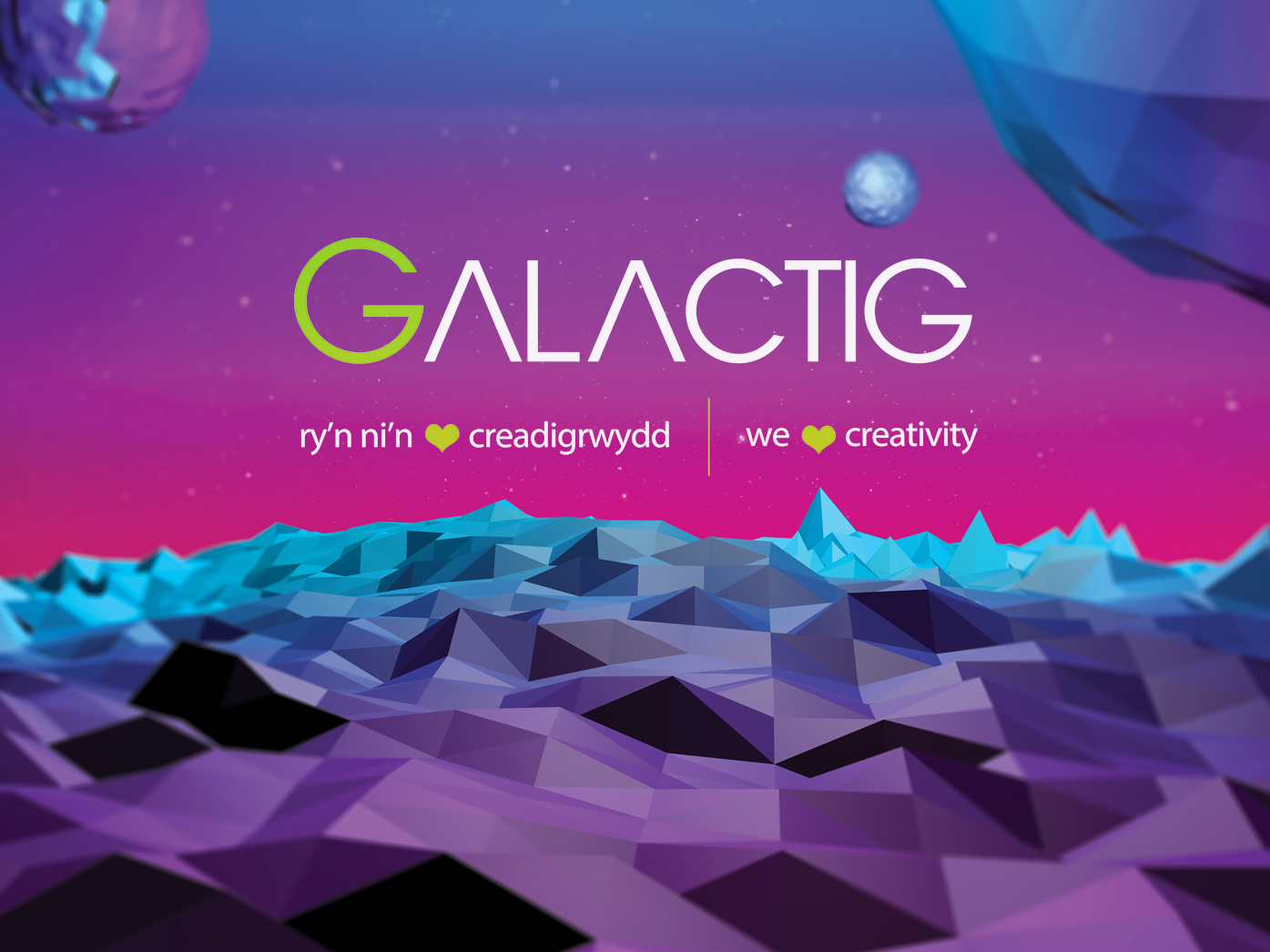Hi Derick. How would you describe Galactig? Galactig, which is part of the Rondo Media group, produces high quality bilingual digital experiences. It is dedicated to finding ways to bring client messages or stories to life, working closely in partnership with stakeholders. Driven by big ideas, innovation is part of its DNA; it embraces new technologies, such as extended reality and immersive learning.
How did you find out about the Clwstwr funding?
We were aware of the Creative Clusters bid for Wales and watched with interest for opportunities to engage.
What inspired you to apply for funding?
We were inspired by the possibility to try something new. Research and development projects give us opportunities to fail; this is key to pushing boundaries of new technology.
Explain what you were aiming to do in your application
Galactig is the technology arm of Rondo Media, so we wanted to explore a synergy of disciplines between our work and television. It’s important with R&D to start with a question. With Space Scavengers (our Clwstwr project), our genesis was: how can we produce a TV game show for young people that incorporates the latest VR technologies?
How much funding did you receive?
We received £41,000 from Clwstwr, with an additional £20,000 from S4C. With it, we set a goal to produce a broadcast-ready pilot for S4C in Welsh, producing an English pilot on route to fully test and refine our workflow.
Describe the process you’ve been through since receiving the funding
We spent a number of months building prototype 3D environments and testing our approach to multi reality filming. Our approach was unique; we developed a bespoke solution to provide broadcast quality renders with live footage derived from Meta Quest VR gameplay. We also used this time to develop narrative beats and gameplay.
To do mixed reality filming with tracking, moving cameras and seamless integration with an interactive game world is hugely challenging. Our need to use two separate systems - Quest and Vive - further added to our development overheads.
As with the entire creative sector, we were hugely affected by the global pandemic. This massively affected our schedule and our ability to work in the studio. Due to social distancing, we had to rethink some of our original gameplay. However, this resulted in a more engaging viewing experience for the audience.
The last stage of our project involved combining virtual footage (as all of our sets were virtual) with live action gaming footage in the edit to produce our pilots.
What would you say were the main outcomes of the R&D?
Space Scavengers is a brand new original format for TV using innovative VR technologies. This funding enabled us to demonstrate the commercial viability of this proposition. We have been successful in producing both an English pilot and a Welsh language broadcast-ready pilot for our co-funders S4C. It's a huge achievement, given the cutting edge nature of our R&D proposal. We've developed original IP and innovative processes around the integration of VR gameplay and mixed reality filming.
Where do you think you’ll go next, having carried out the R&D?
Great game shows are expensive. The Crystal Maze, for example, occupies 32,500 square feet of space with a team of 136 production staff. Galactig and Rondo are keen to pursue the commission of a full series of Space Scavengers. We’ve combined lots of different technology - VR, MR, new filming techniques - into what will ultimately be a low cost solution.
By utilising VR we massively reduced the costs involved whilst creating an exciting TV experience. The cost of creating huge immersive 3D environments compared to physical set-building is just one area of cost saving. We can create a game world that just wouldn’t be feasible - or safe - with traditional methods.

